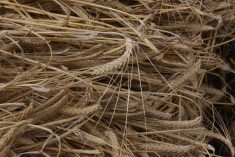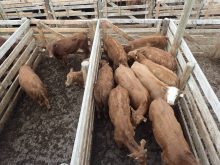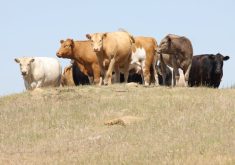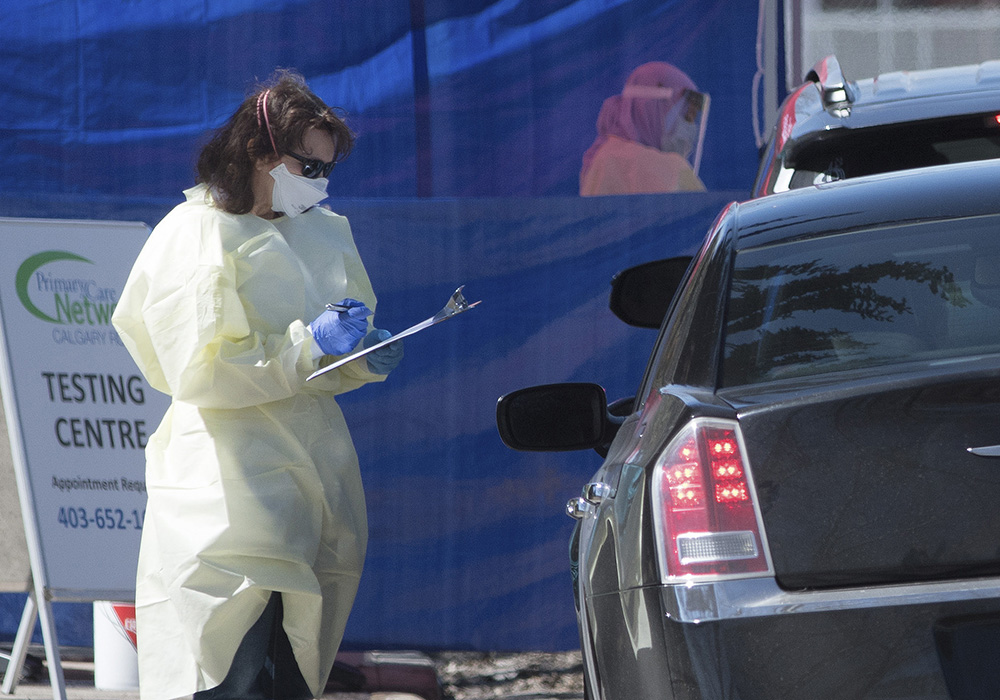Twelve percent over last year | A smaller beef herd and strong consumer demand are expected to keep prices high
This year’s barbecue season could be one of the most expensive on record as the price of meat continues to soar.
Ground beef prices are at record highs and cow prices are at unprecedented levels in Canada and the United States.
Cows traded at $110 per hundredweight June 20 compared to $55 per cwt. in 2010.
“If you go back to 2009, we are well over double,” said Brian Perillat of Canfax.
“It is a pretty dramatic increase.”
The lowest Canfax cow prices in the BSE years after 2003 were $9 to $10 per cwt., but many traded for less.
Read Also

Pakistan reopens its doors to Canadian canola
Pakistan reopens its doors to Canadian canola after a three-year hiatus.
As well, calves of all weight categories are pushing more than $2 per pound.
“We have never seen such huge price advances in one year. It is just phenomenal,” said Perillat.
It’s not known whether those strong prices are enough incentive for Canadians to start rebuilding their herds. Statistics Canada releases its July inventory report Aug. 21, which could indicate expansion or further reductions.
There is some evidence that U.S. producers are considering expansion, but it will take three to five years to catch up after years of liquidation because of low prices and drought.
Record prices for live animals make the decision a tough one.
The U.S. Department of Agriculture reports cows trading at a record $104 US per cwt. in May. Cows have been selling for more than $100 for the last three months, and setting new records every month.
U.S. retail beef prices are also soaring. They had taken a slight dip as of June 20, but are 12 percent higher than last year at this time. Pork is up 14 percent from last year.
This reflects the smaller beef herds in North America but also strong demand, especially for ground meat.
“If you look at any beef product, ground beef by far is the biggest price increase and percentage change and the strongest demand for North Americans,” Perillat said.
U.S. cow slaughter is significantly lower than normal.
The market analysis firm Paragon Economics reports that cow slaughter is eight percent lower than a year ago, and total beef production is down seven percent.
More meat is coming from Australia and Uruguay to supplement the supply for hamburger.
But China has bought more beef every year and the added demand further supports the high prices for cows and ground beef.
Producers welcome the higher prices, but they can still cause jitters. Feedlots are making good money, feed prices seem on the down trend and the Canadian dollar is below par.
However, it is hard to say what the top of the market might be. A change in crop conditions, the dollar or grain prices could throw a hammer in the works.
“If you are buying these $2.50 calves and gambling on the market staying strong, that is a pretty risky endeavour with the amount of money you have to put into these cattle,” Perillat said.
“We have gone through so many highs and people thought we were going to peak but we continue to go higher,” he said.
It is impossible to predict what could happen this fall when another crop of calves is ready to market.
“Expectations are huge for this fall run coming up,” Perillat said.
Many have locked in yearling prices, and risk management tools should be used in case the boom suddenly busts.
He said a technical correction in the markets is possible because the futures have had a good run and there is some concern of a commodity sell off.
















